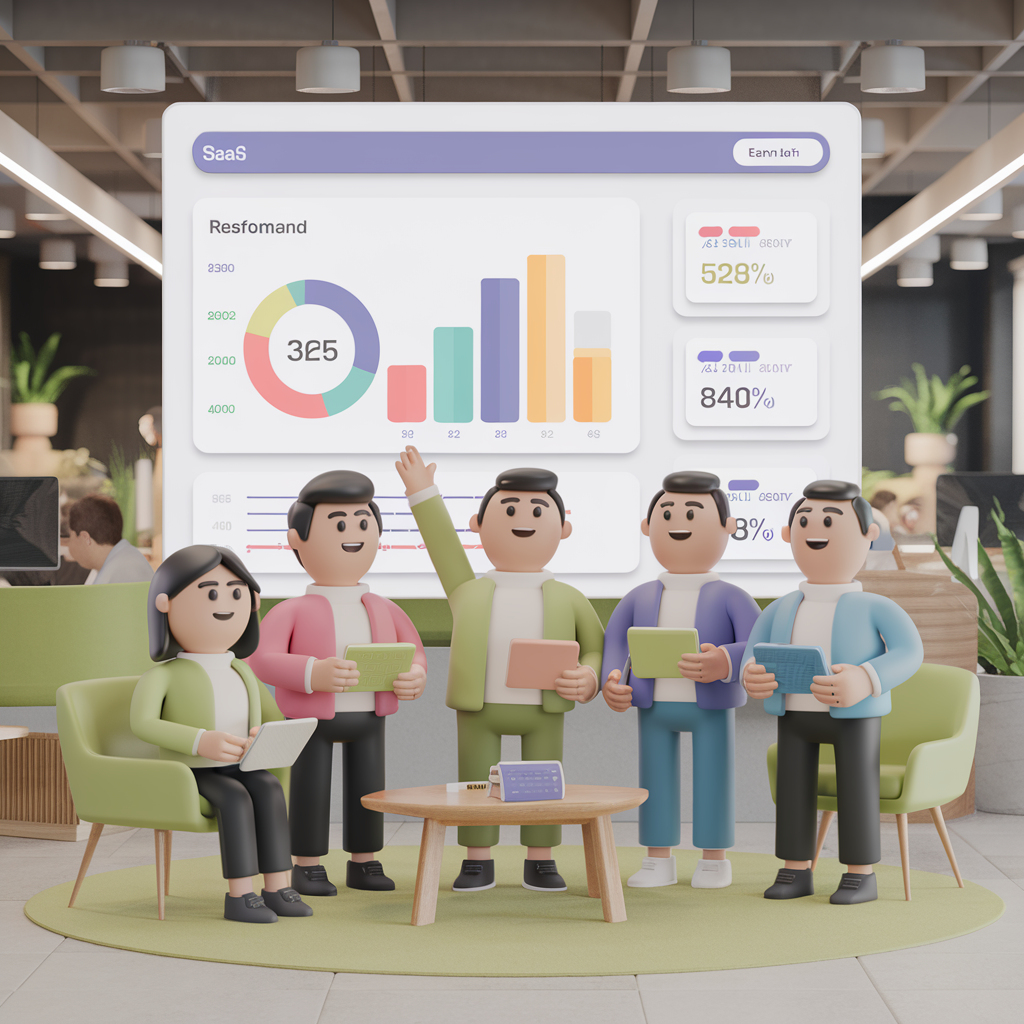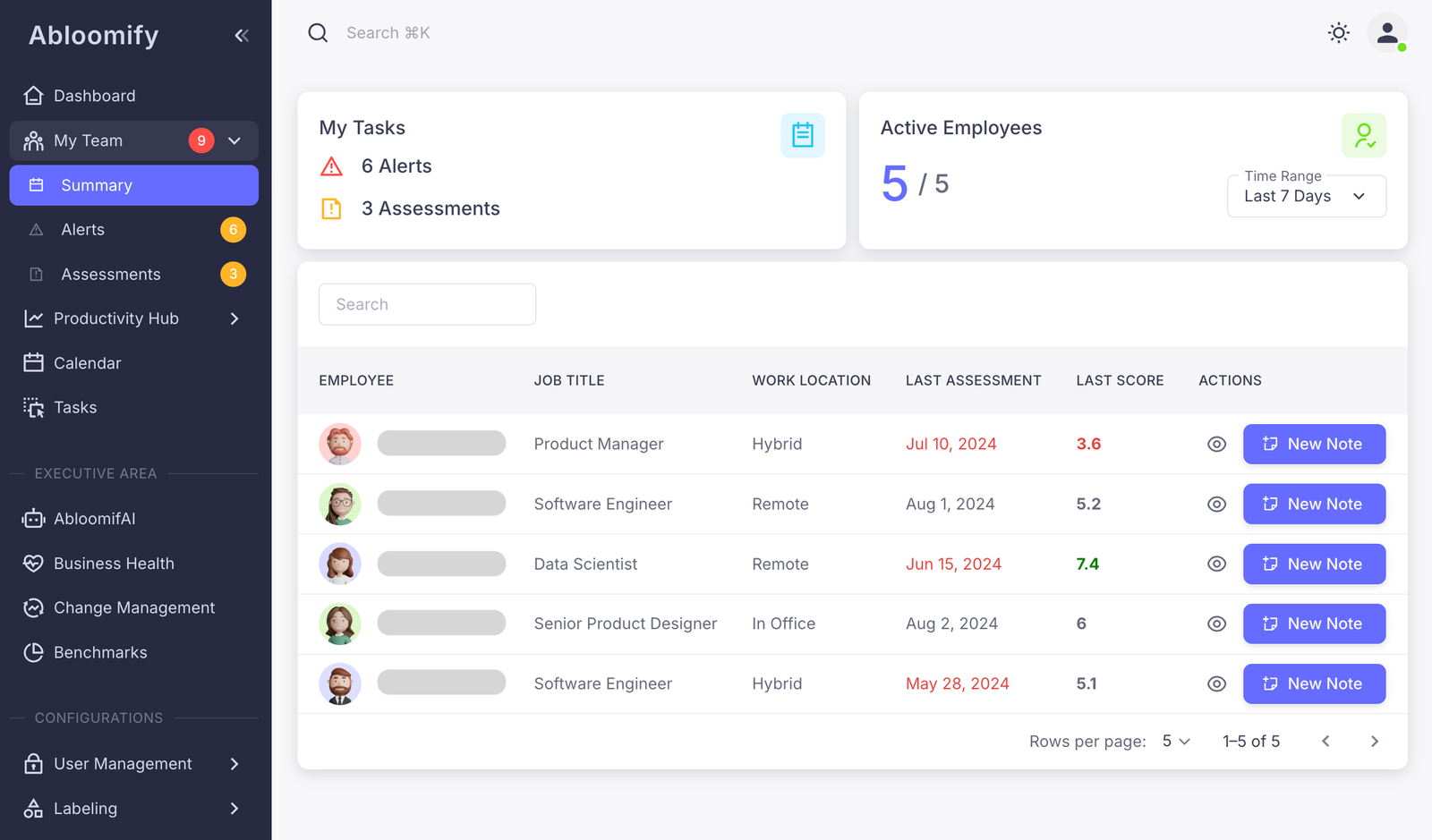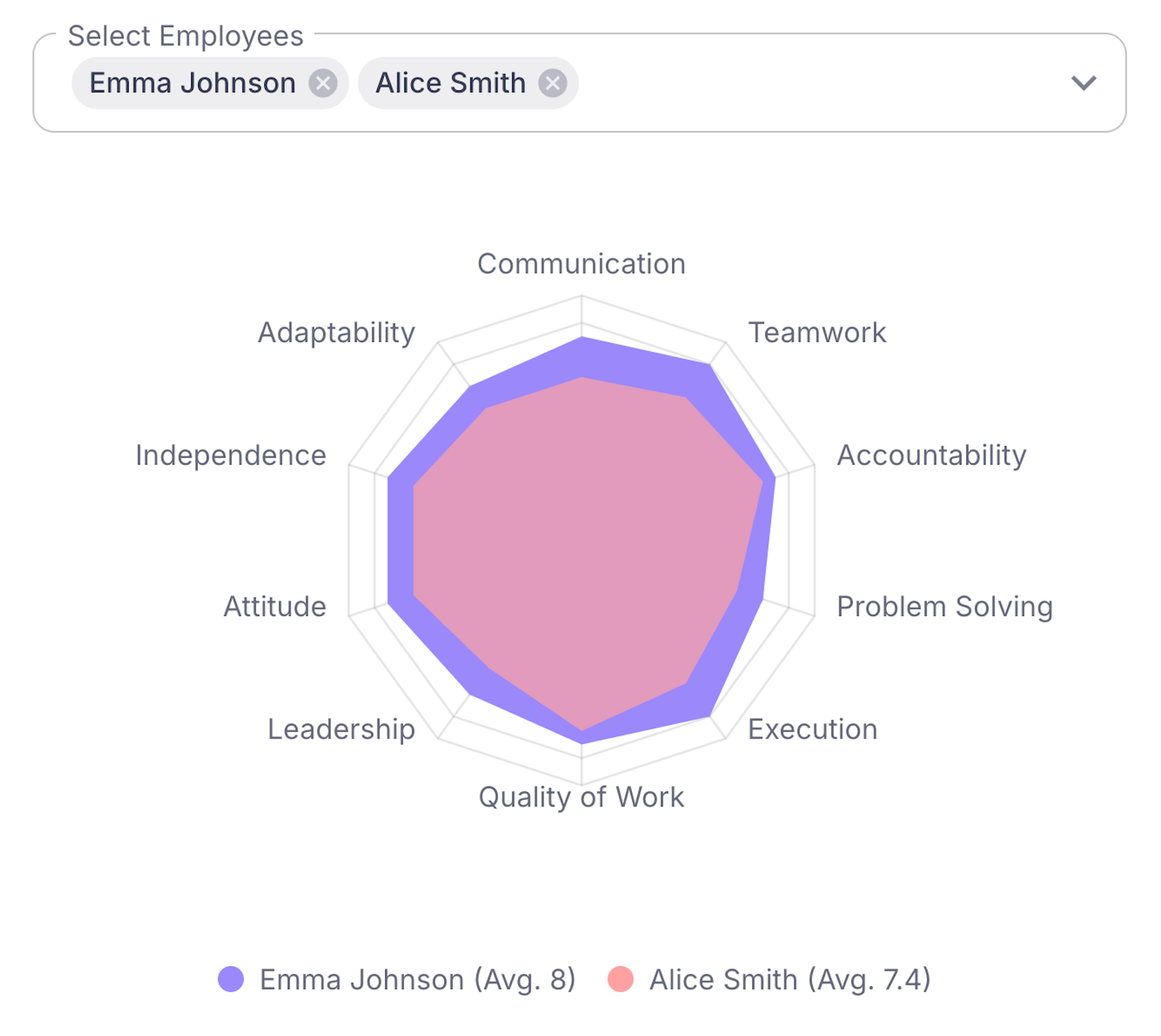To make SaaS teams more efficient, understanding the role of key performance indicators (KPIs) is crucial. These metrics not only measure progress but also provide actionable insights. Learn how to implement and optimize KPIs to drive sustainable growth in your tech organization.
Understanding the Role of KPIs in SaaS
In the world of SaaS companies, Key Performance Indicators (KPIs) act as a GPS for workforce efficiency. They delineate a clear path aligning team efforts with organizational goals. By measuring specific metrics, KPIs ensure everyone is moving in sync towards shared objectives.
The essence of KPIs lies in their ability to translate broad strategic visions into actionable directives. When effectively implemented, they fortify team alignment, maximizing productivity and minimizing resource wastage. However, the real challenge emerges when choosing the appropriate KPIs. A misstep here can lead to skewed data, misaligned objectives, and ultimately, a drop in performance.
Consider these questions when selecting KPIs for your SaaS workforce:
- Do they align with the core objectives of your company?
- Are they quantifiable and easily understood by all team members?
- Can they provide actionable insights to enhance team efficiency?
Achieving precision in KPI selection demands leveraging intelligent platforms. Enter Abloomify’s AI-powered platform, designed to untangle the complexities of KPI alignment. It dynamically assesses which metrics resonate best with your organizational goals, offering data-driven insights that guide decision-making.
The platform’s AI incorporates advanced analytics to refine KPI selection. This ensures you’re not shooting arrows in the dark, but instead, targeting efficiency bottlenecks with surgical precision. Abloomify’s offerings in AI tools for HR present a pivotal advantage in harnessing data to streamline workforce management. Embracing such innovations prevents drowning in data and facilitates effective outcome measurement.
Setting the Right KPIs
In the quest for operational excellence, selecting the right KPIs for your SaaS workforce is crucial. The challenge lies in aligning these indicators closely with business objectives. Here’s a strategic approach to ensure KPIs drive productivity and growth:
- Identify Core Objectives: Begin by pinpointing your organization’s key goals. Are you focusing on customer acquisition, retention, or software innovation? Each objective demands specific metrics to track progress effectively.
- Tailor KPIs to Functions: Recognize that sales teams need different KPIs than your engineering department. Sales might track lead conversion, while developers focus on release cycle times.
- Emphasize Continuous Evaluation: Adopt an iterative process where KPIs are reassessed regularly. This aligns metrics with evolving goals and industry trends, ensuring continuous relevance.
Standardizing KPI selection across teams can feel daunting. Enter Abloomify‘s robust framework to simplify this process. This tool not only assists in identifying appropriate KPIs but also fosters alignment through data-backed insights.
Think of Abloomify as the guiding compass that integrates seamlessly with your team’s workflow. Its assistance promotes transparency and cohesion, transforming the way performance data is consumed and acted upon.
By employing a disciplined approach to KPI selection, combined with innovative tools like Abloomify, you can optimize workforce efficiency. The process not only facilitates alignment with strategic objectives but also empowers teams to translate data into actionable insights. Through tailored assessments, your organization will be better equipped to set KPIs that drive success.
Enhancing Workforce Efficiency through Data-Driven Insights
The heartbeat of efficient software-as-a-service (SaaS) companies lies in leveraging data-driven insights through AI tools. These insights offer a lens into the invisible patterns of work that shape productivity and engagement. Tools like Abloomify are at the forefront of this revolution, providing actionable data that can transform metrics into meaningful action.
Abloomify’s productivity alerts push the boundary of traditional productivity tracking. They provide real-time notifications whenever a team member deviates significantly from expected performance benchmarks. This proactive approach helps managers provide support before issues escalate into larger problems, like employee disengagement or burnout.
Moreover, Abloomify conducts detailed risk assessments by evaluating patterns such as extended workplace inactivity or consistent over-exertion. This predictive analysis identifies potential burnout risk, allowing leaders to redistribute workload and implement wellness programs in a timely manner.
This data-focused strategy fosters a culture of resilience and adaptability. It enables managers to:
- Identify workload imbalances promptly.
- React proactively rather than defensively.
- Utilize accurate data for personalized support and interventions.
Such insights are indispensable in crafting an agile workforce that can effortlessly navigate challenges. By leveraging AI, businesses not only optimize daily operations but enhance their team’s capacity to innovate and withstand pressures. For HR leaders in the technology sector, incorporating AI-driven data tools can revolutionize workforce management strategies. Explore more about integrating AI in HR by visiting AI Tools for HR in Software Companies.
Leveraging AI for Continuous Improvement
Artificial intelligence is reshaping performance management in SaaS environments by analyzing extensive datasets to uncover opportunities for innovation and efficiency. AI-powered platforms like Abloomify specialize in crafting career path planning that benefits both employee development and retention.
For HR leaders aiming to support their workforce, here’s how AI-driven career strategies enhance long-term growth:
- Personalization: Advanced algorithms assess past performance and skill sets to recommend bespoke career trajectories. This meets individual aspirations while aligning with organizational goals.
- Skill Gap Analysis: AI tools pinpoint skill deficiencies and suggest targeted training programs. Closing these gaps can lead to higher performance and job satisfaction.
- Predictive Analytics: AI evaluates patterns in workforce data to foresee potential future roles or necessary skill modifications. This proactive approach aids in preparing employees for transitions and innovations within the industry.
- Engagement Metrics: Automated systems track engagement levels and deliver insights into factors that motivate employees. Personalized motivational strategies can be crafted, reducing turnover and enhancing loyalty.
By integrating these AI-powered tools, companies nurture a culture of continuous improvement, adapting to fast-evolving tech landscapes. Abloomify’s solutions offer a compelling advantage: the capability to develop talent and foresee organizational needs.
To delve further into the impact of AI in workforce management, consider exploring AI Tools for HR in Software Companies. Engage with these insights to guide your workforce into a future marked by adaptability and innovation.
Final words
KPIs are central to driving SaaS workforce efficiency, providing a roadmap for performance improvement. Leveraging AI tools, like Abloomify, leaders can gain essential insights, ensuring teams are aligned and engaged. Ready to elevate your team’s efficiency? Contact Abloomify today for expert solutions.



